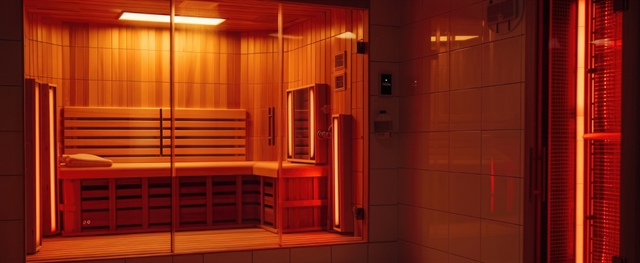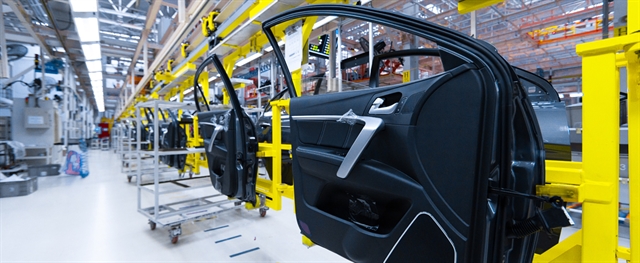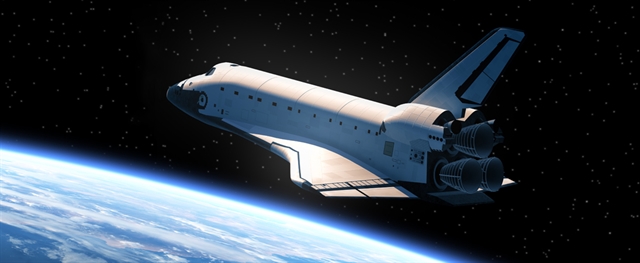UNDERSTANDING INFRARED RADIANT HEATING TECHNOLOGY
Why Can’t We See Infrared Radiation?
Please wait while we gather your results.
Related Articles

Discover why Tempco's Ceramic E-mitters are ideal for use within the health and wellness industry.

Tempco designed and engineered an infrared radiant heater to meet the requirements of a secondary drying operation for an automotive OEM supplier.

From humble beginnings three generations ago to a thriving distributor today that assists manufacturers in designing & maintaining stock programs for the heaters & sensors on their equipment, Bees Industrial Services LLC is in the Tempco spotlight.

Infrared technology proved to be the ideal solution for Tempco's customer in the aerospace industry whose application required rapid response and intense heat.